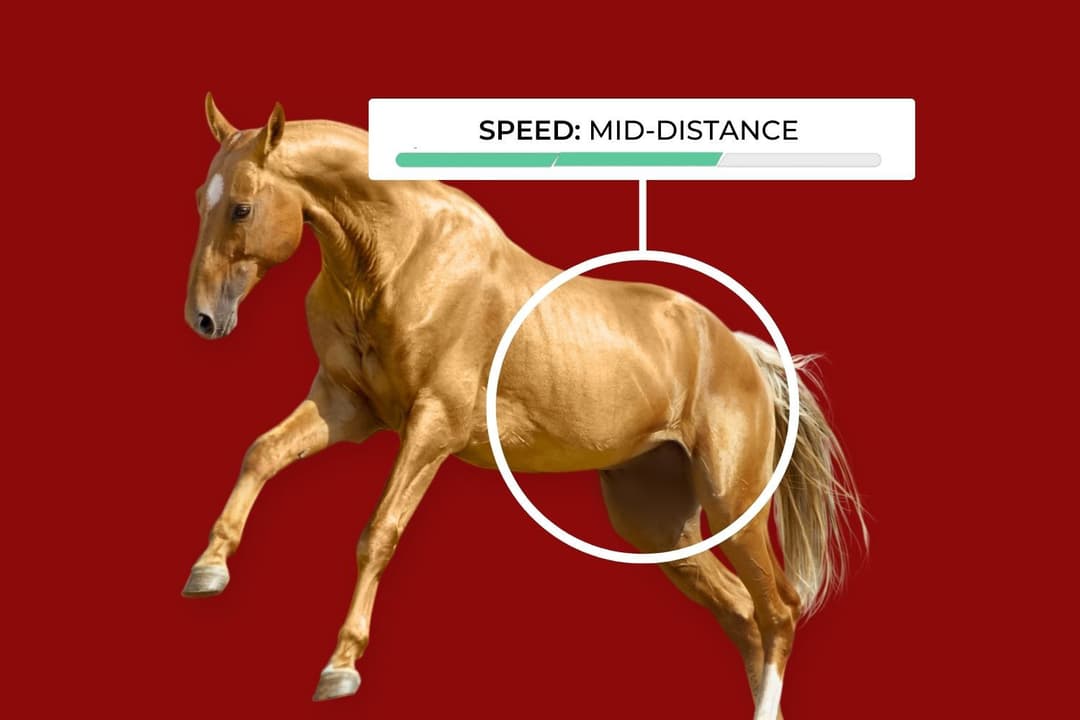
Equine Performance
Loading description...
DMRT3 "Gait"
"Gaited" (DMRT3) horses display a wide variation in locomotion, with breeds displaying a range of unique footfall patterns at intermediate speeds. Even amongst the non-gaited (trotting) breeds, some individuals are capable of lateral movements. Also, while most horses will shift into the three beat canter at higher speeds, some horses are able to remain in their intermediate gaits (for example, harness racing breeds).
Equine Temperament
Temperament is a complex trait influenced by multiple genetic and environmental factors. Individual components of temperament are potentially under different controls. Curiosity in the horse has been defined as an interest in novel objects and a willingness to approach them. Vigilance refers to the tendency of a horse to examine its surroundings.
Horse Height (HMGA2)
The domestic horse displays a wide range of size variation, from the tiny Miniature Horses to the towering draft breeds. While height is a complex trait involving a variety of genetic and environmental factors, the breeding systems of domestic animals has led to a small number of genes being responsible for large amounts of variation in several species.
Horse Height (LCORL)
The domestic horse displays a wide range of size variation, from the tiny Miniature Horses to the towering draft breeds. While height is a complex trait involving a variety of genetic and environmental factors, the breeding systems of domestic animals has led to a small number of genes being responsible for large amounts of variation in several species.
Myostatin Insertion: The Speed Gene
Thoroughbred races are held at a variety of distances, with individual racehorses usually displaying a preference for a range. There is some suggestion that sprint horses (which compete at distances less than 6 furlongs, or 2/3rds of a mile) are more compact and muscular than horses that run at longer distances. This insertion has been associated with racing distance for winning Thoroughbreds at the top level of competition, with C/C horses excelling at distances of 8 furlongs or less and T/T horses found more in races of 9 furlongs or more. Horses with one copy of each genetic variant won at all distances. Research Confidence: High confidence, findings reproduced in multiple studies